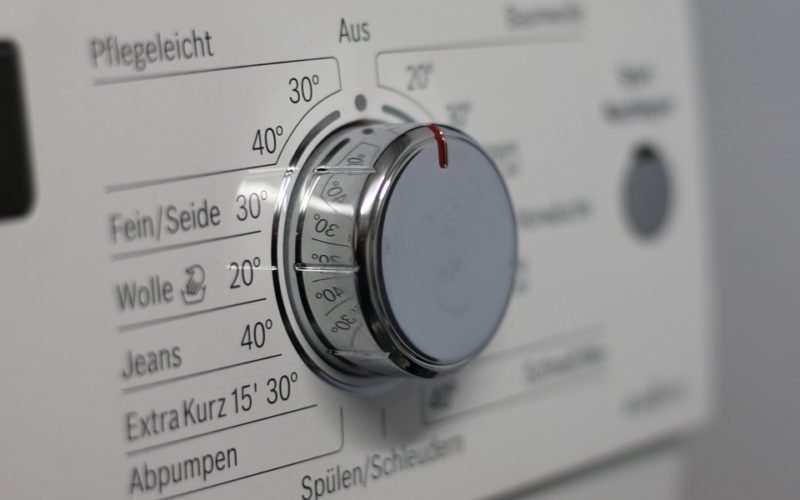In recent years, passive houses have surged in popularity among self-builders. These energy-efficient homes offer a sustainable solution for those seeking reduced environmental impact and lower energy costs. The combination of advanced building techniques and innovative materials has made passive houses an attractive option for people looking to construct their dream home.
The principles of passive house design
Passive house design is based on principles that aim to minimise energy consumption while maintaining comfortable living conditions. The key concepts include super-insulation, airtight construction, high-performance windows, and mechanical ventilation with heat recovery systems. By incorporating these elements, passive houses drastically reduce the need for additional heating and cooling, relying instead on heat generated from occupants and household appliances.
The meticulous attention to detail and precision required in passive house construction ensure that the building envelope is tightly sealed. This prevents drafts, air leaks, and thermal bridging, which are common issues in traditional homes. The result is a highly efficient, comfortable living space with significantly lower energy demands.
Benefits of passive houses
The benefits of passive houses extend beyond energy savings. For self-builders, constructing a passive house means investing in a long-term, sustainable future. With rising energy prices and growing concerns about climate change, a passive house offers peace of mind and financial stability through reduced utility bills and a smaller carbon footprint.
Additionally, passive houses provide a consistently comfortable indoor environment. The combination of superior insulation and airtight construction ensures minimal temperature fluctuation, eliminating cold spots and draughts. Advanced ventilation systems also maintain excellent air quality, essential for health and well-being.
Popularity in self-build projects
The increasing popularity of passive houses in self-build projects can be attributed to several factors. Firstly, the growing awareness of environmental issues and the desire for sustainable living have fuelled interest in eco-friendly housing options. Self-builders are uniquely positioned to incorporate these values into their projects, making passive houses an ideal choice.
Furthermore, advancements in technology and materials have made passive house construction more accessible and affordable. The availability of prefabricated components and specialised construction professionals has contributed to this trend, enabling self-builders to achieve their vision without compromising on quality or sustainability.
The role of government incentives
Governments around the world are recognising the importance of energy-efficient housing in reducing greenhouse gas emissions and achieving climate targets. In response, many are offering incentives to encourage the construction of passive houses. These can include tax credits, grants, and subsidies, making the prospect of building a passive house more financially appealing for self-builders.
In the UK, for example, initiatives like the Green Homes Grant have provided funding for homeowners to invest in energy-efficient improvements. Although the scheme ended in 2021, it highlighted the demand for sustainable housing solutions and set a precedent for future support.
Challenges and considerations
Despite their numerous advantages, constructing a passive house comes with its own set of challenges. The precise nature of passive house design requires meticulous planning and collaboration with experienced professionals. Self-builders must be prepared to invest time and effort in understanding the principles and processes involved.
Additionally, the upfront cost of building a passive house can be higher than conventional construction methods. However, the long-term savings on energy bills and potential government incentives can offset this initial expense. For many self-builders, the financial and environmental benefits outweigh the challenges.
The future of passive houses in self-build projects
The future of passive houses in self-build projects looks promising as more people become aware of the benefits and possibilities they offer. With continued advancements in technology and materials, passive house construction will likely become even more accessible and cost-effective.
For those considering a self-build project, a passive house presents an opportunity to create a sustainable, comfortable, and future-proof home. By investing in this innovative approach to construction, self-builders can take a proactive step toward reducing their environmental impact and securing long-term financial stability.
























